Archaeological Heritage of Bangladesh, a land rich in historical significance, harbors remarkable archaeological sites that offer profound insights into its cultural and spiritual legacy. This article explores three extraordinary archaeological treasures that showcase the region’s extraordinary heritage: Paharpur Buddhist Vihara, Mainamati, and Kantajew Temple.
Paharpur Buddhist Vihara: A Monumental Testament to Buddhist Civilization
Nestled in the Naogaon District’s Badalgachi Upazila, Paharpur Buddhist Vihara stands as a UNESCO World Cultural Heritage site that transports visitors to the golden age of Buddhist monasticism. The name “Paharpur” itself carries historical significance, derived from Bengali vocabulary where “Pahar” means hill and “pur” signifies locality.
Key Features:
- Officially known as Somapura Mahavihara
- Located in a picturesque hill locality
- Accessible via Jamalganj railway station
- Nearest airport: Sayedpur
The site represents a crucial archaeological landmark that provides deep insights into the architectural and spiritual practices of ancient Buddhist communities in the region.
Mainamati: A Hidden Archaeological Treasure
Situated in Comilla District, Mainamati is a fascinating archaeological landscape spanning 17km in length and averaging 2.5km in width. This hilly terrain, with an average elevation of 15 meters, conceals a wealth of historical artifacts and structural remnants.
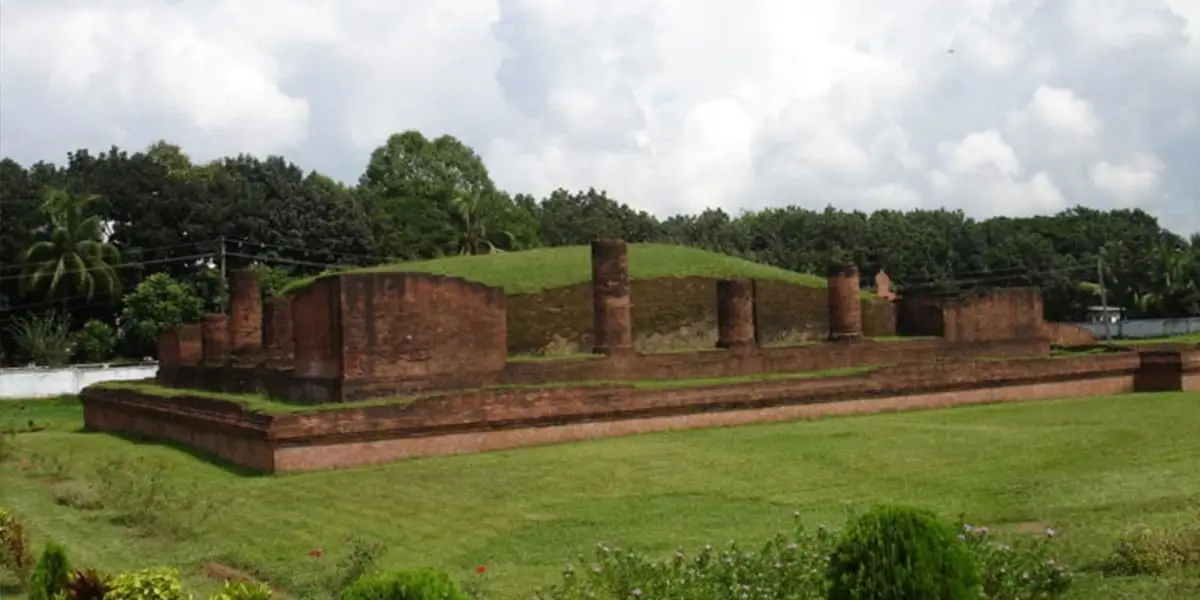
Archaeological Significance:
- Ruins of temples, stupas, and viharas
- Artifacts dating from 7th-13th century AD
- Potential site of historical capitals:
- Devaparvata
- Jaykarmantavasaka
The site has yielded an impressive array of archaeological finds, including:
- Fossilized wood tools
- Hindu and Buddhist sculptures
- Metallic coins
- Terracotta plaques
- Carved bricks
- Ancient ornaments and pottery
- Copper plates and seals
An on-site archaeological museum in Salvana village provides visitors with comprehensive insights into the site’s historical context.
Kantajew Temple: A Masterpiece of Architectural Splendor
Located approximately 19.32km north of Dinajpur town, Kantajew Temple represents an extraordinary example of intricate architectural craftsmanship. Constructed in 1752 by Maharaja Pran Nath, this temple is a testament to the region’s rich artistic heritage.
Architectural Highlights:
- Originally a Navaratna (nine-towered) temple
- Extensively decorated surface
- Elaborate scenes depicting:
- Hindu epic narratives
- Divine representations
- Contemporary social life
- Intricate floral and geometric motifs
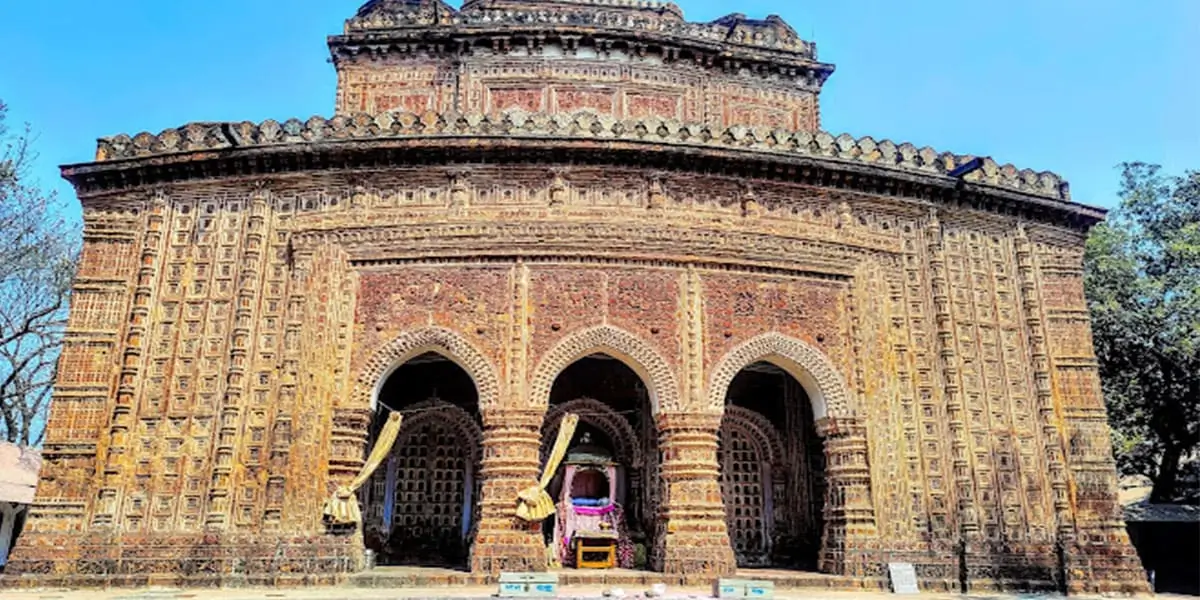
Preservation and Cultural Importance
These archaeological sites are not merely historical remnants but living narratives that connect modern Bangladesh with its rich cultural past. They demonstrate the sophisticated architectural, artistic, and spiritual practices that flourished in the region during medieval times.
Conservation Efforts
Recognizing their immense historical value, these sites have received national and international recognition. UNESCO’s World Cultural Heritage designation for Paharpur Buddhist Vihara underscores the global significance of Bangladesh’s archaeological treasures.
Visitor Information
Best Time to Visit
- October to March (comfortable temperatures)
- Minimal rainfall
- Optimal conditions for exploration
Travel Tips
- Engage local guides for in-depth historical context
- Respect archaeological site guidelines
- Carry water and sun protection
- Wear comfortable walking shoes
Conclusion: Archaeological Heritage of Bangladesh
Bangladesh’s archaeological heritage offers a mesmerizing journey through time, revealing the complex layers of cultural, religious, and artistic evolution. Paharpur Buddhist Vihara, Mainamati, and Kantajew Temple stand as powerful testimonials to the region’s rich historical narrative, inviting travelers and history enthusiasts to explore and appreciate their profound significance.
Embark on this extraordinary archaeological expedition and witness the remarkable stories etched in stone, waiting to be discovered in the heart of Bangladesh.


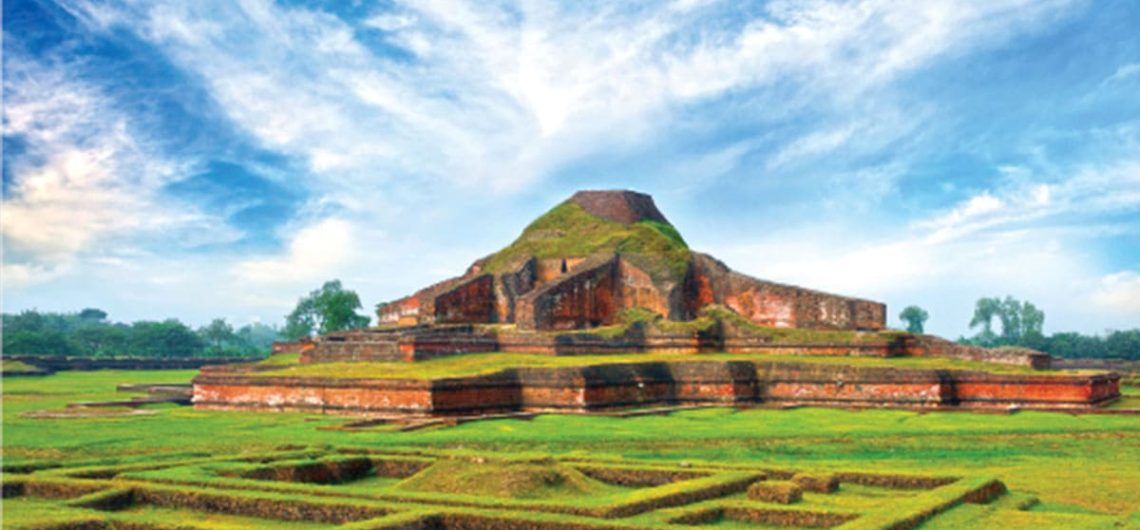
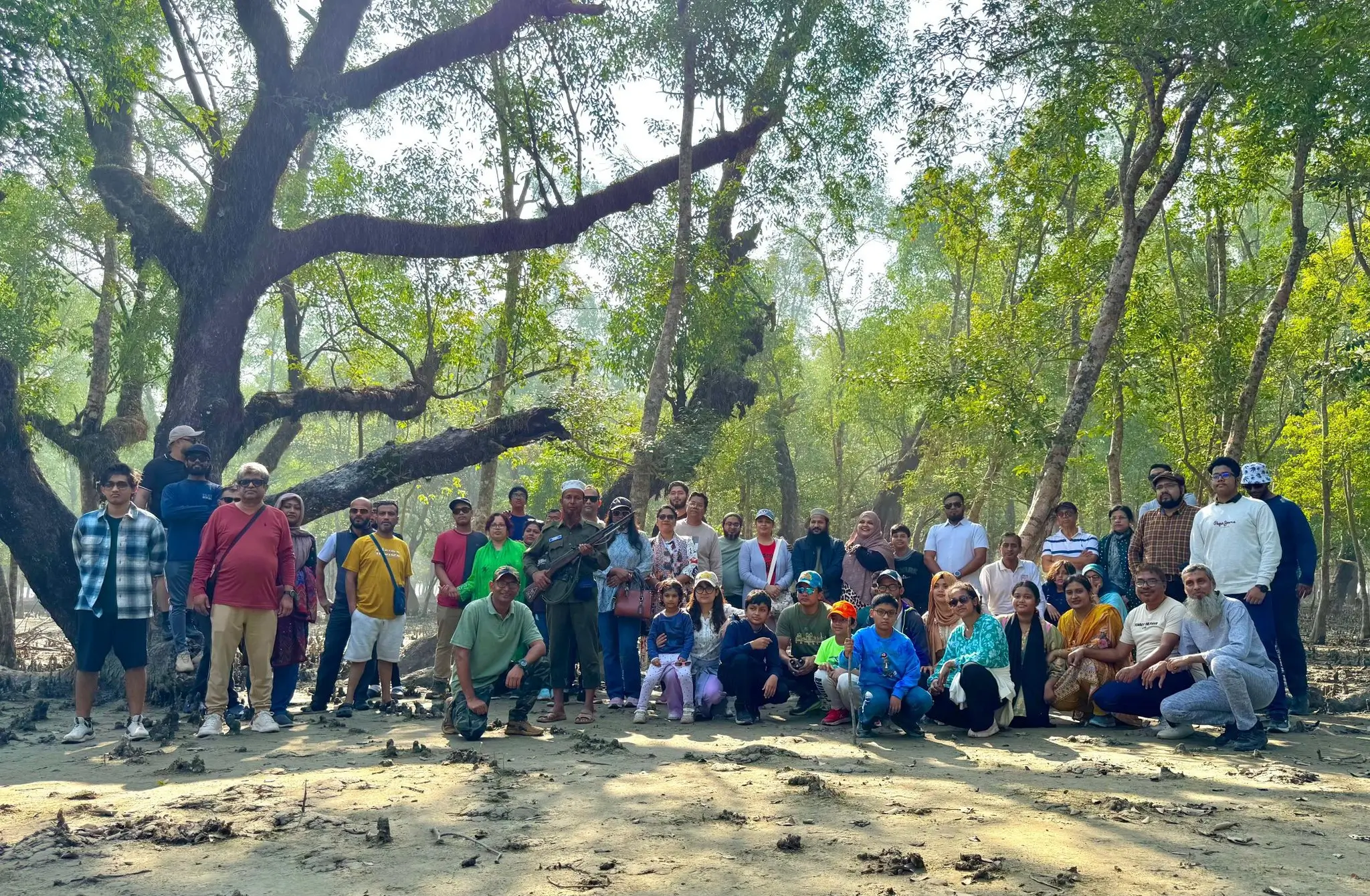

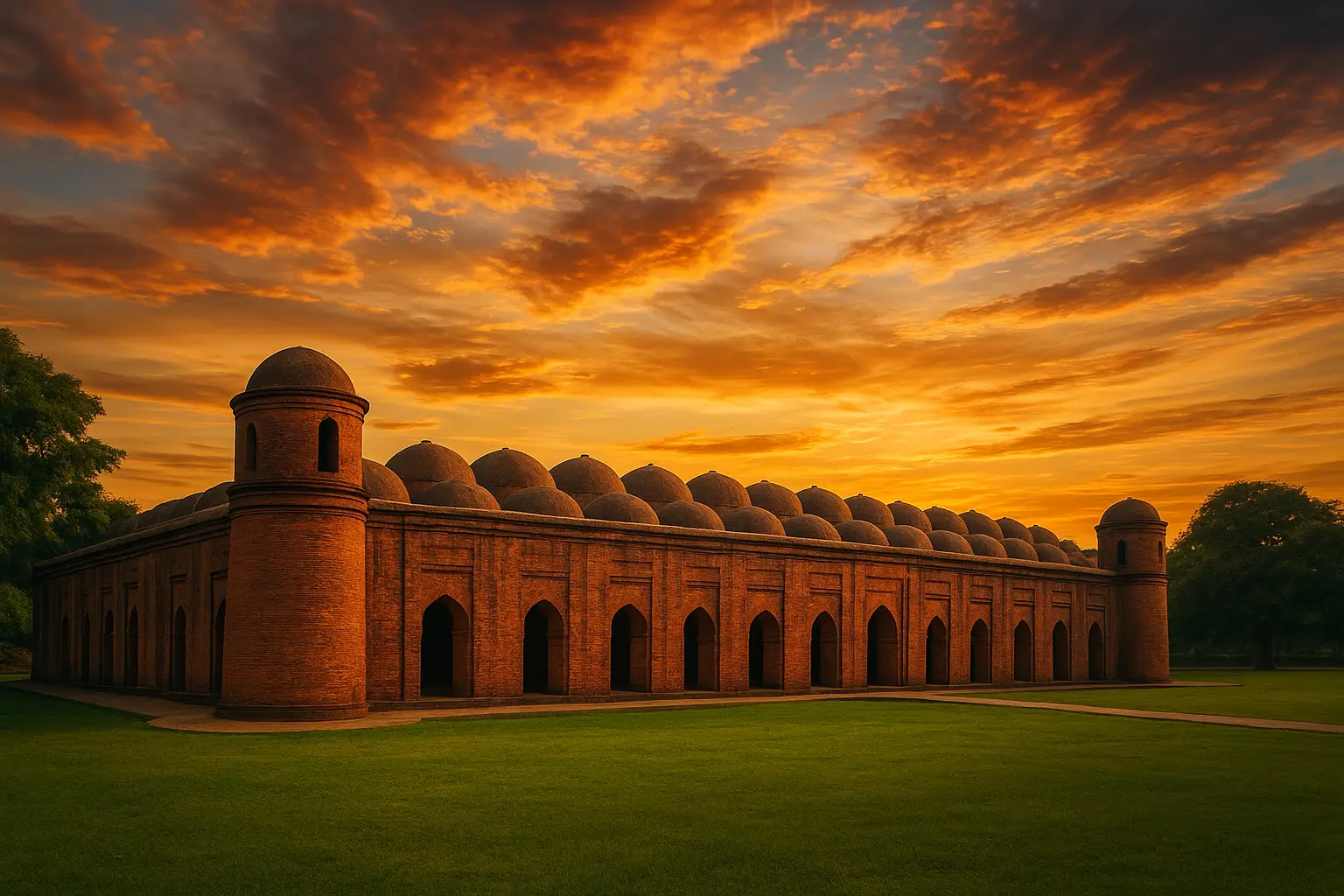
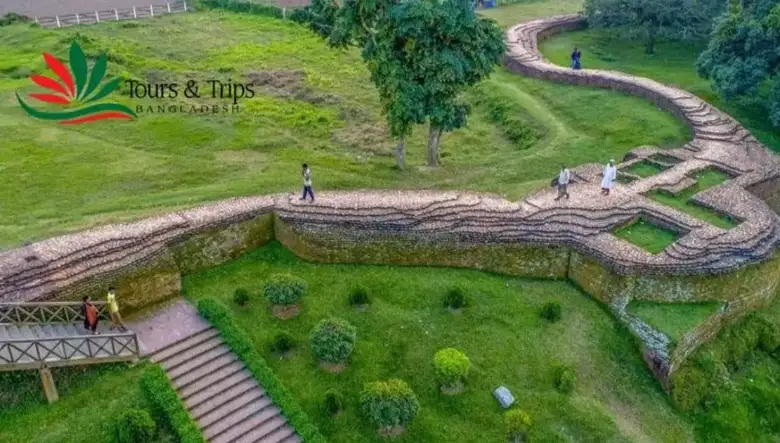
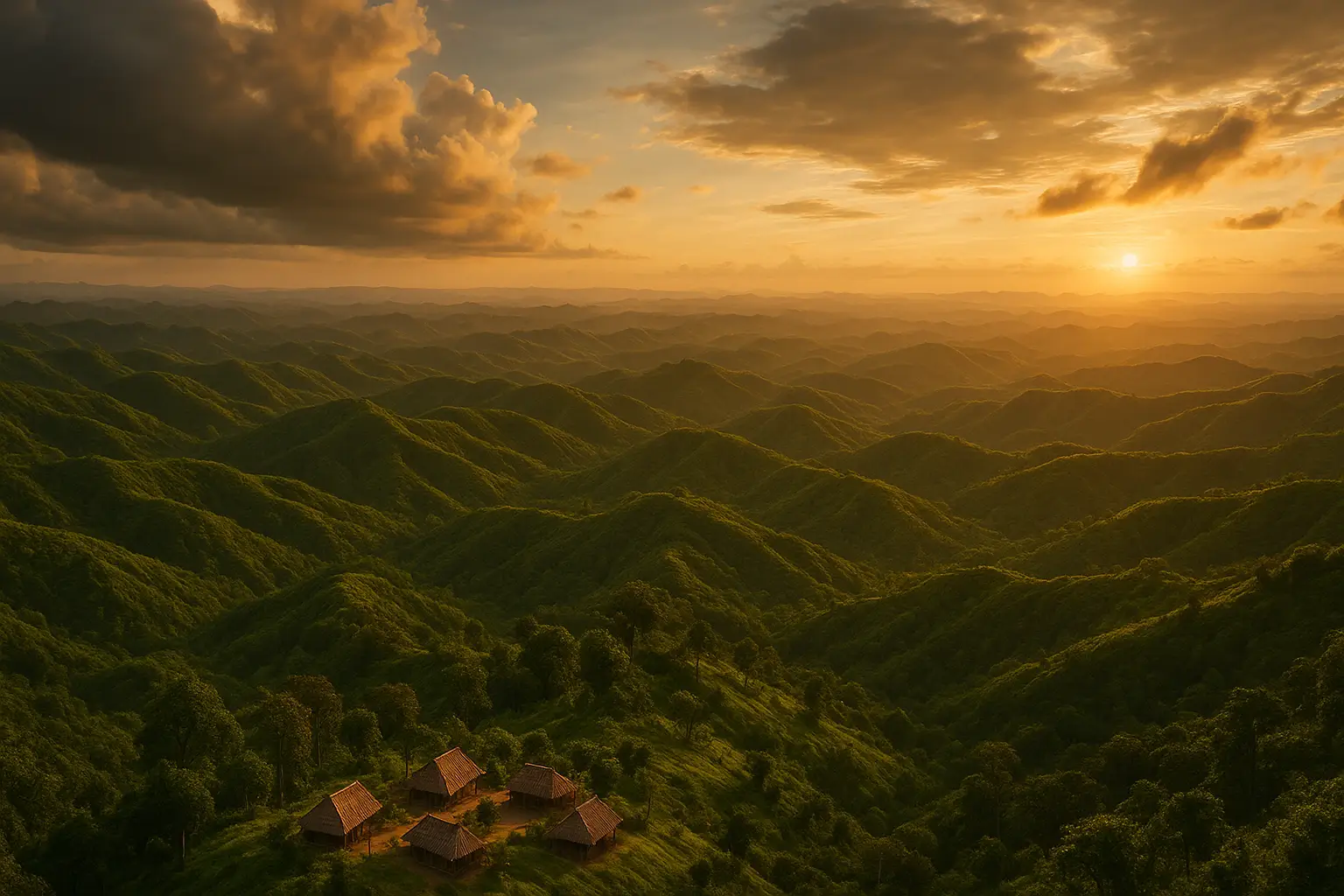



Comments